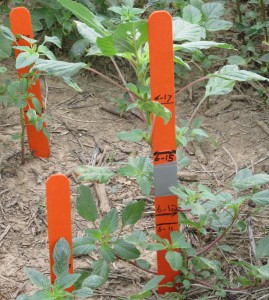SPOTTY RAINS PREVALENT ACROSS THE STATE
Depending on where you were in any given county, you either looked to the sky in hopes of a rain shower or wished the rain would stop. In most cases, however, producers were in hopes of rain. Crops are beginning to show signs of stress in some areas due to the lack of rain. Continue reading at Crop Progress 6 29 15.


